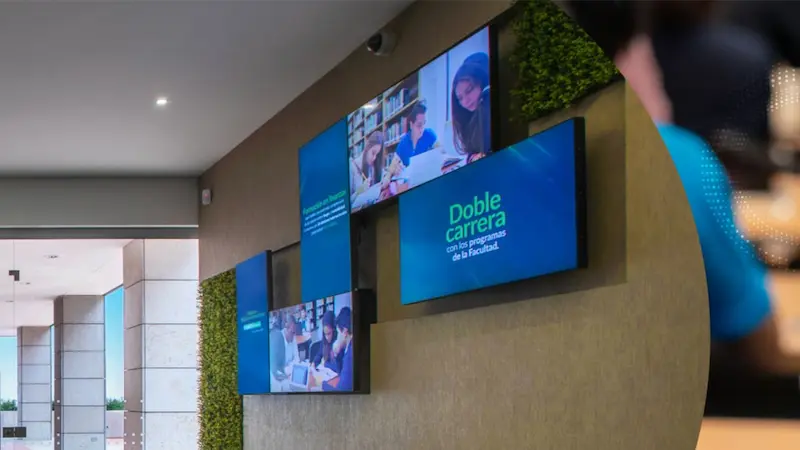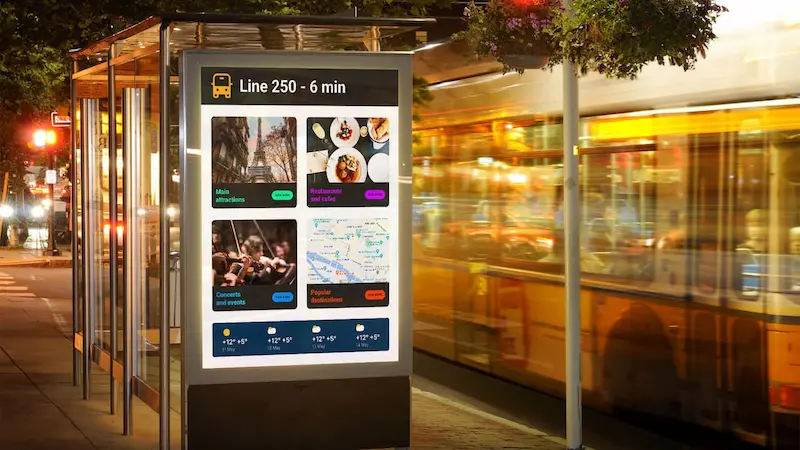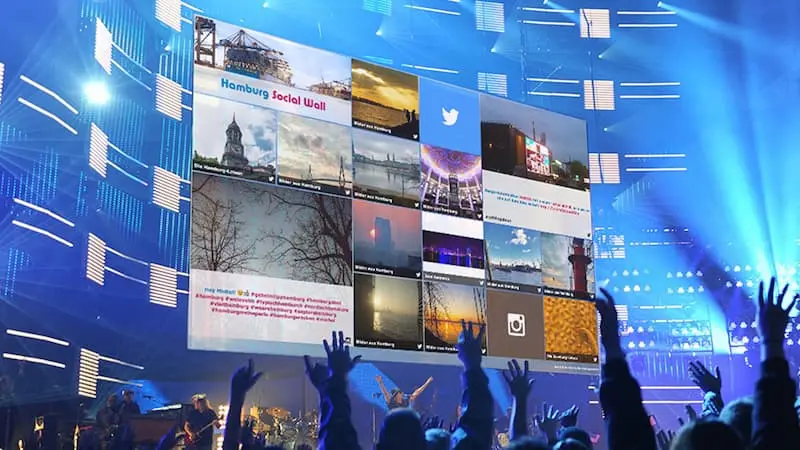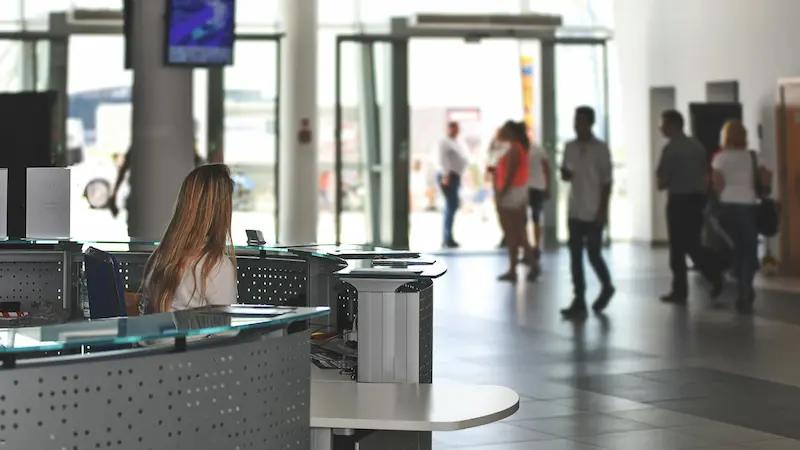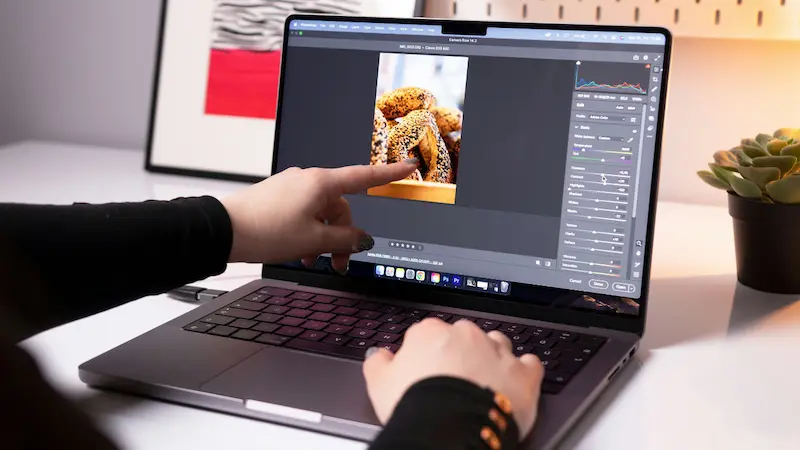
Table of Content
Your digital menu designs can greatly impact your customer's perception of your hospitality business, which may, in turn, affect your revenue. Whether you are running a casual dining establishment, a QSR, or a fast-casual restaurant, a digital menu board may be what you need to improve customer engagement and satisfaction.
Tips for designing superb digital menus
Having a great restaurant menu board may be what your restaurant needs to reach its peak. Below are tips for designing appealing digital menus:
1. Include high-quality images
High-quality images go beyond making your digital menu visually appealing. It also helps your customers to understand the dishes before ordering. An expertly shot picture can create cravings, evoke emotion, and entice people to order various dishes. Detailed images are especially beneficial for unfamiliar dishes, where the image can provide an overview of the dish's constituents. You can also share images of your mouth-watering dishes on social media platforms to promote your brand and attract customers. However, ensure the images align with your restaurant's branding and are appropriately sized and optimized for digital marketing platforms.
2. Highlight specials and promotions
In addition to attracting new customers, highlighting specials and promotions can help you retain existing ones. Giving them prominence on the menu makes them easily visible to the customers. You can highlight the text in an attention-grabbing color or utilize eye-catching graphics to make the promotions more visible. You can also feature seasonal specials and limited-time offers to create a sense of urgency, motivating customers to purchase before the offer expires. You can also offer discounts on certain bundles, encouraging customers to spend more, leading to increased revenue. These special offers can increase referrals and build customer loyalty.
3. Make it mobile-friendly

In today's digital world, many people rely on their smartphones to search for information, including restaurant menus, making it crucial to optimize your digital menu for mobile devices. This optimization should make it easy for customers to read the menu on a small screen without interfering with the quality of the images or text. You should also use a font size that is easy to use and ensure that the menus load quickly. You can utilize responsive design to make your digital menu visible on mobile devices as the design adjusts the content and layout to fit on screens of all sizes. You can use as many images, videos and images as possible but ensure they are compressed for faster loading times.
4. Use of motion graphics
Motion graphics involve using moving visuals and animations to evoke emotions, narrate a story, or deliver information. The technique combines sound, images, and text to create an immersive and engaging customer experience. Adding animated elements like typography, transitions, and icons can help you highlight vital information and direct your customers to a specific section. For instance, you can add motion graphics to your digital menu boards to introduce your new menu items and showcase your restaurant’s logo.
5. Integrate presence detection for digital menus
Introducing sensors and cameras to your digital menu can help detect the presence of customers at the tables and display the menu automatically with personalized recommendations. This can result in cross-selling and upselling as customers will be more likely to order more. You can also utilize data analytics to determine customer preferences and requirements, which can influence your menu and pricing decisions. The presence detection technology can create a memorable dining experience, increasing customer satisfaction.
6. Divide the menu into logical sections
Dividing your menu board into categories can help customers easily navigate and identify what they want to order. The sections also make your digital menu appear more organized and visually appealing. You can consider drinks, desserts, and appetizers. You can also add categories depending on special promotions and dietary restrictions. This technique can prevent customers from getting overwhelmed by the information on the menus, streamlining the ordering process. A well-organized and attractive menu can enhance customer experience and improve their perception of your restaurant, influencing their decision to return in the future.
7. Don’t emphasize currency signs
When designing your digital menu, you should remember that customers come to your restaurant for good food quality and a memorable dining experience rather than for the prices. You can avoid placing currency signs next to prices to shift the customers' attention away from the costs and towards the images of the delicious dishes. Currency signs can result in visual clutter, making your digital menu look more like a price list than an array of inviting dishes.
8. Make it Interactive

An interactive menu can help your customers explore the available dishes before deciding what to order. You can add search options, filters, and QR codes, which customers can use to obtain more information about the dishes, including their ingredients. These features can help customers visualize the dishes before ordering, which can increase their appetite leading to more sales. You can also allow them to give feedback which you can use to improve your dishes and customer service.
9. Consider using boxes
Grouping your menu items into boxes can make the menu easier to read and navigate, reducing customers' time to order. Also, you can use these boxes to draw attention to specific items, such as the dishes that your restaurant is known for. Boxes are a simple yet appealing and effective way to organize your menu.
10. Utilize CTAs
CTAs (Calls to Action) encourage customers to take specific actions, such as making reservations or ordering food. Ensure that your CTAs are clear and easy to understand. For instance, you can use CTAs like " Make a Reservation" or "Order Now." You should also prominently display them to make them easily visible.
Conclusion
In today’s digital era, designing an outstanding restaurant's digital menu has become a critical aspect of the restaurant industry. Your menu layout can encourage cross-selling and upselling or discourage customers from returning to your restaurant.
You can leverage the features of Look DS to update your menu whenever necessary and offer personalized recommendations.


